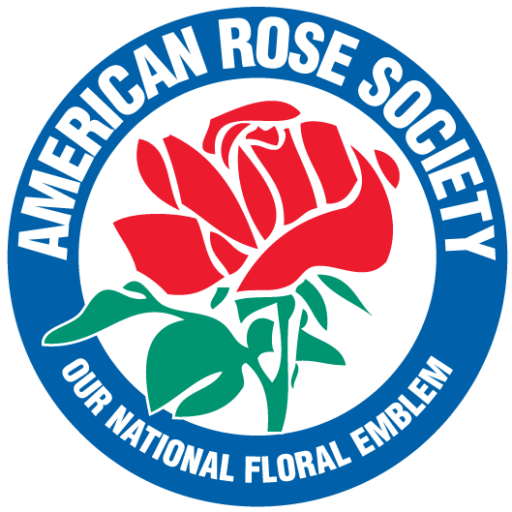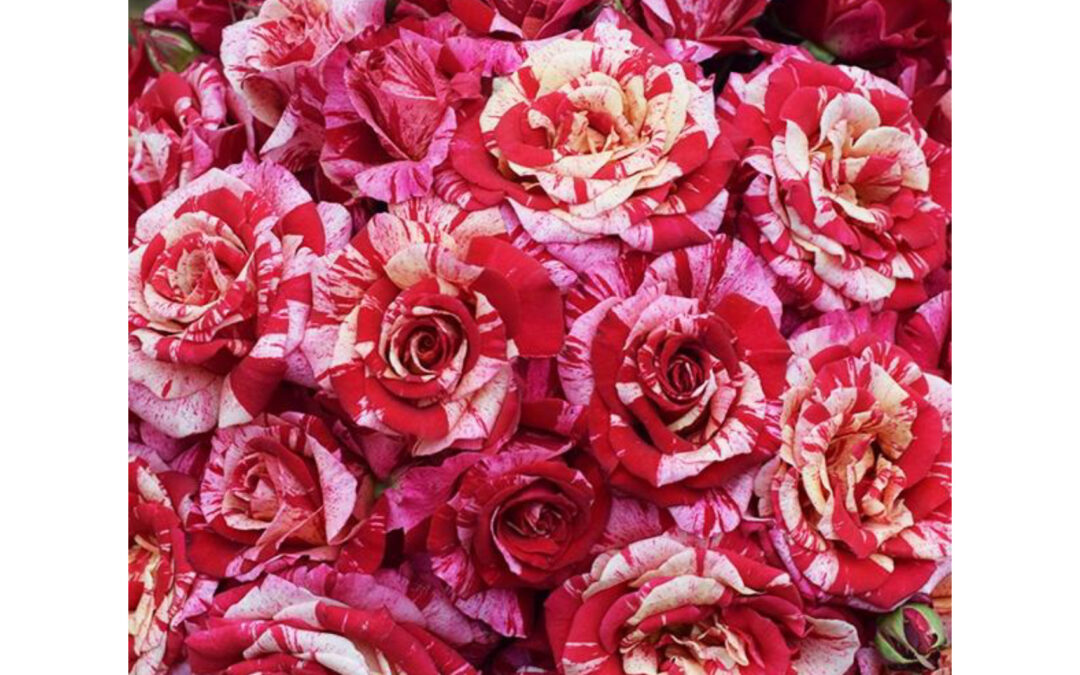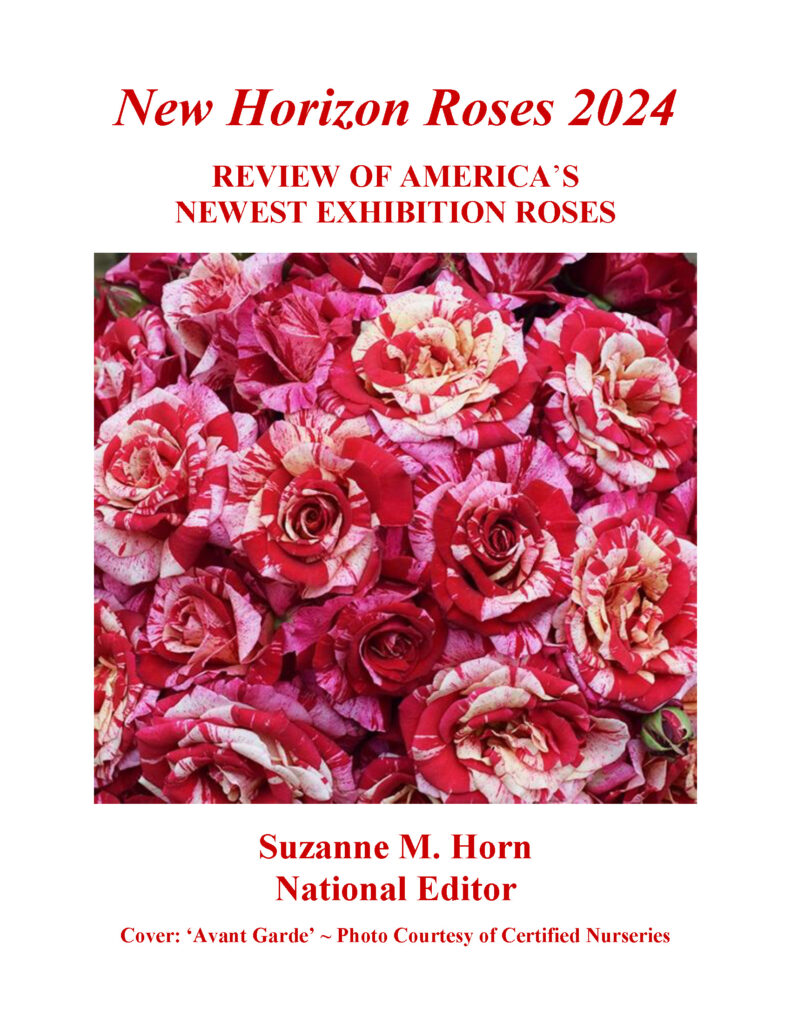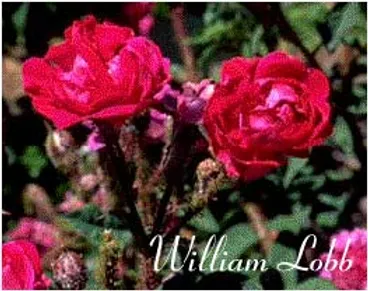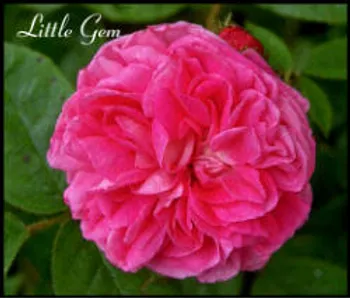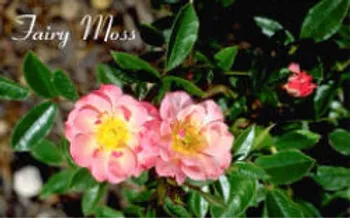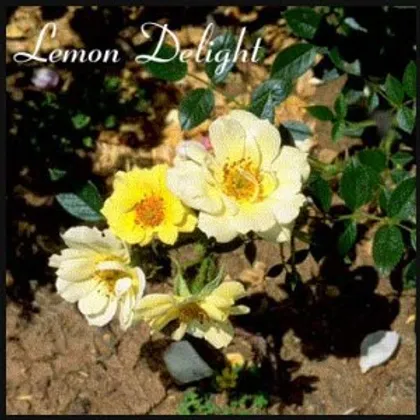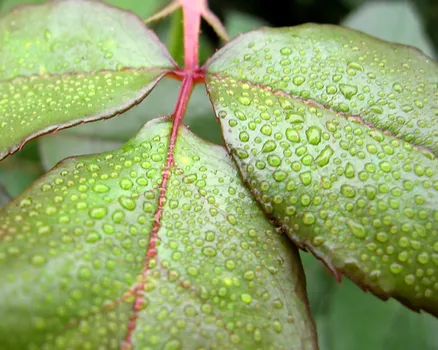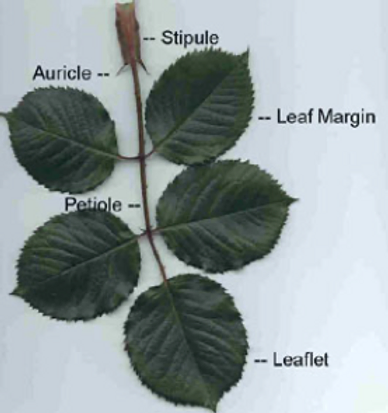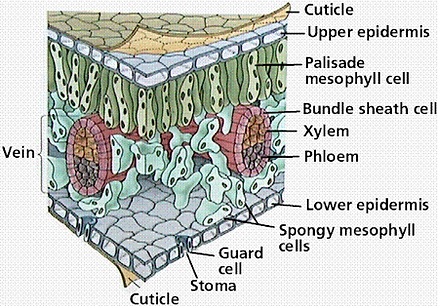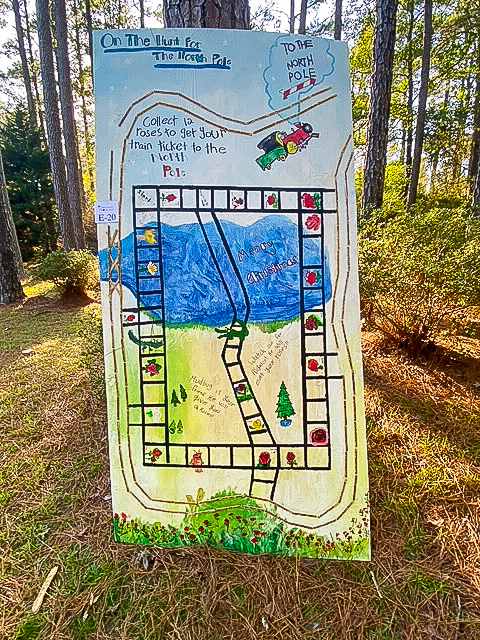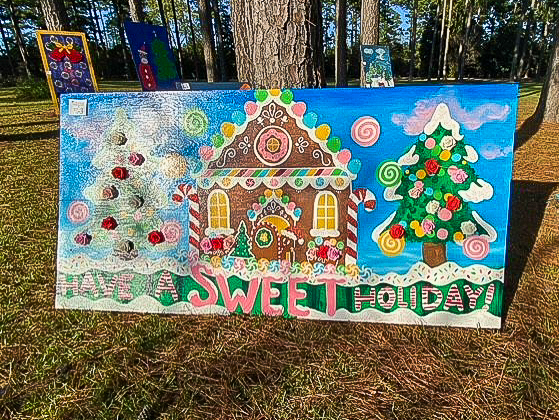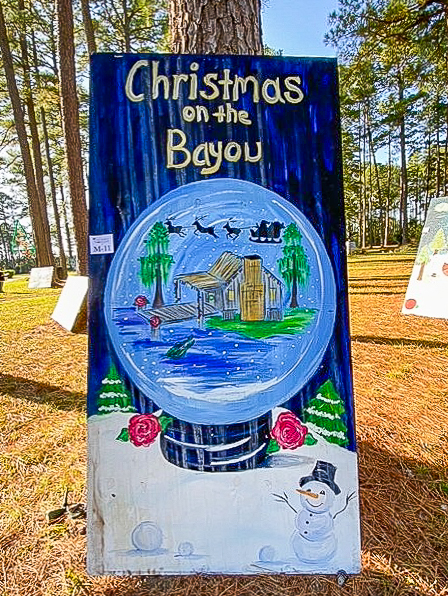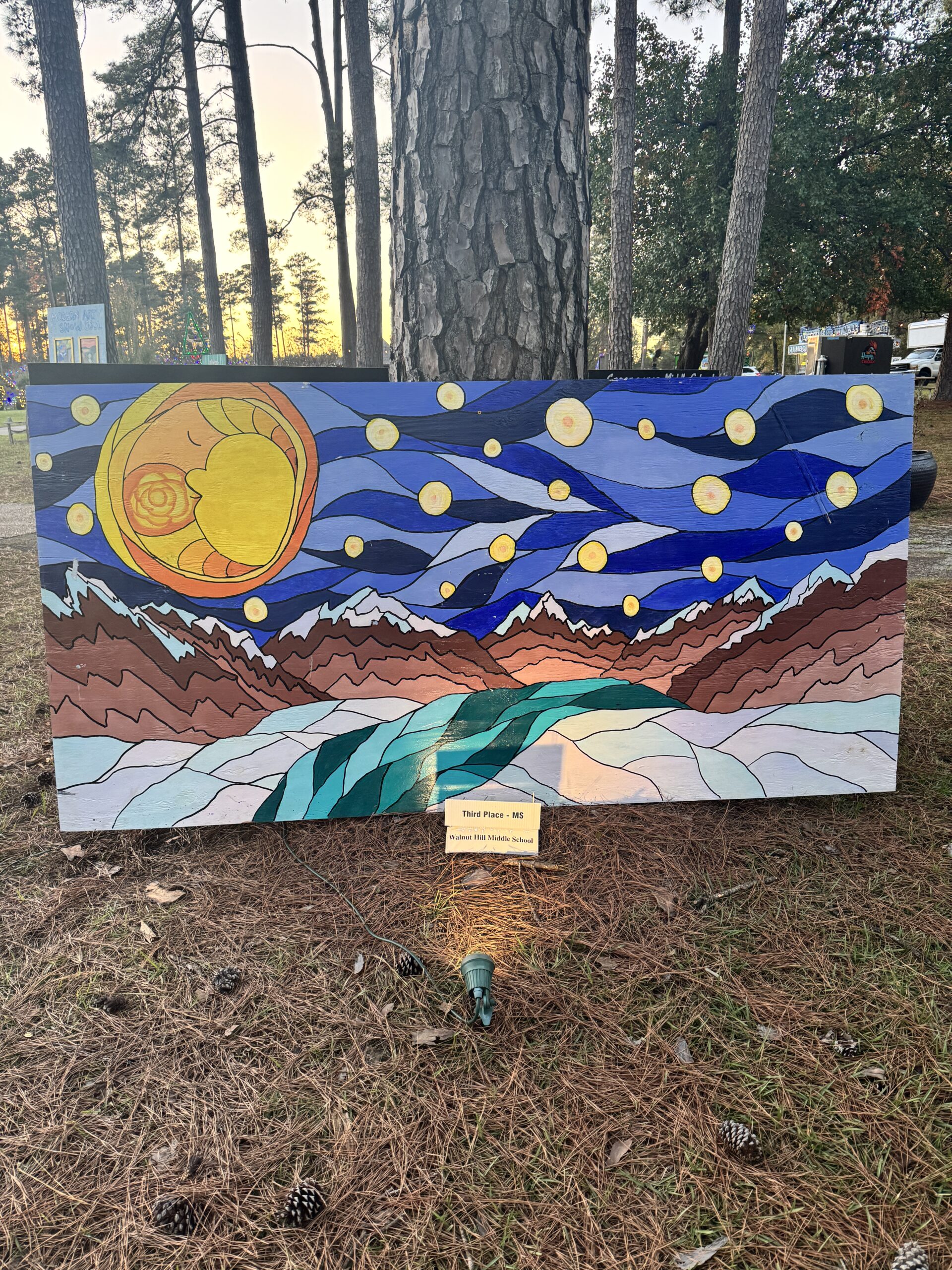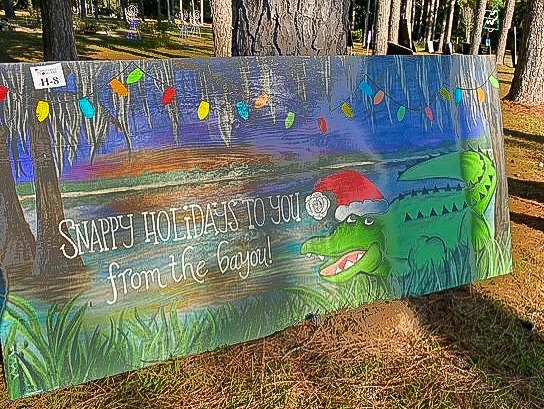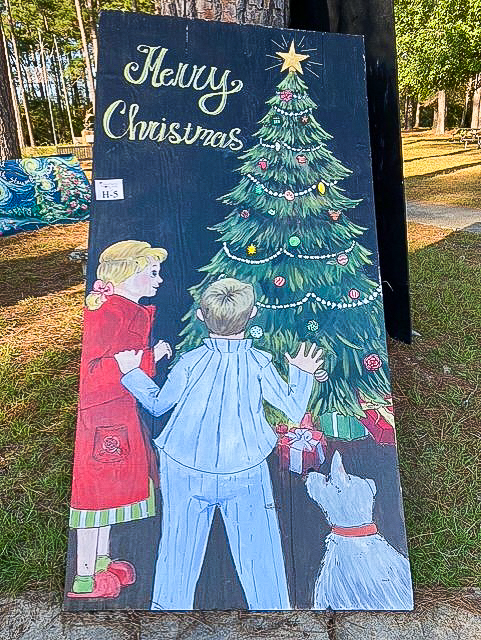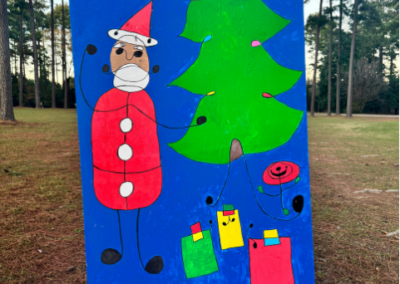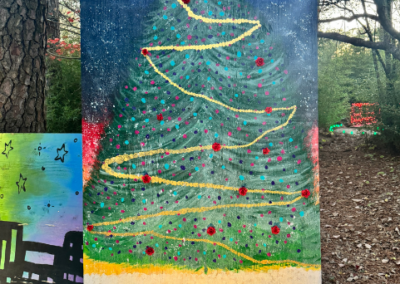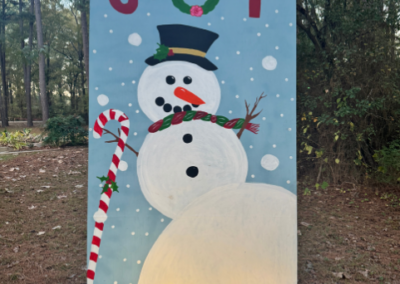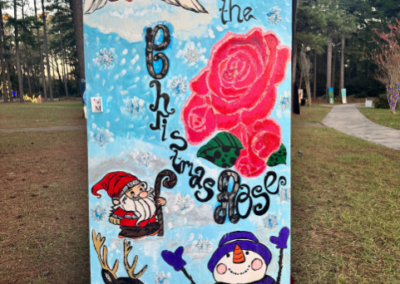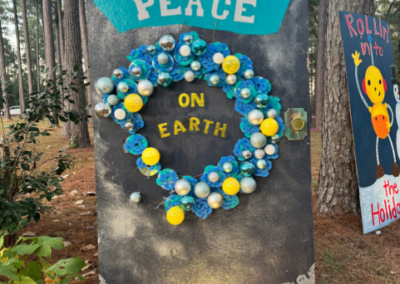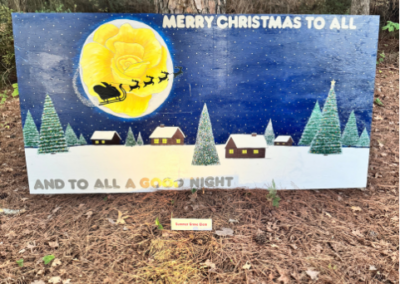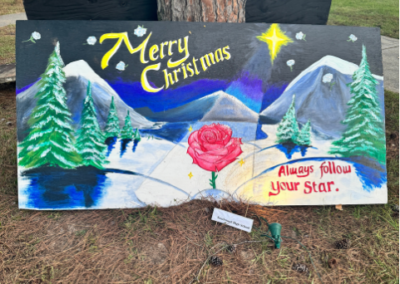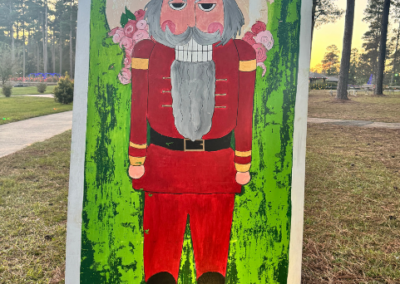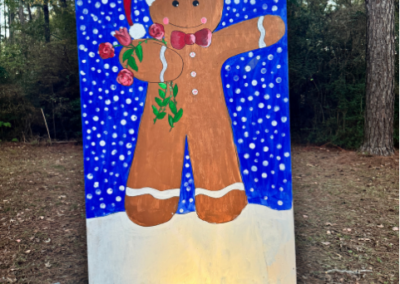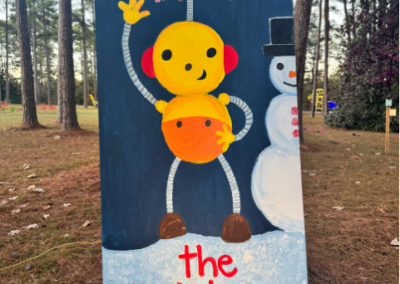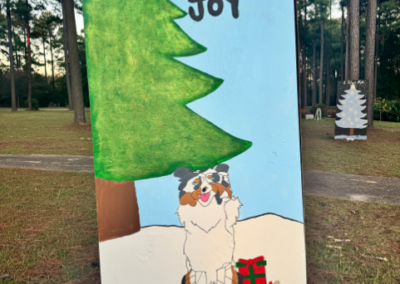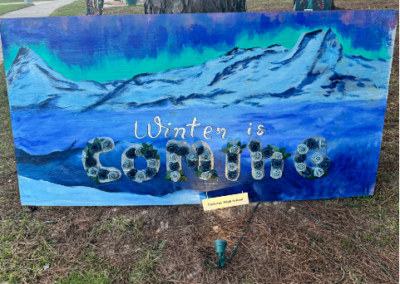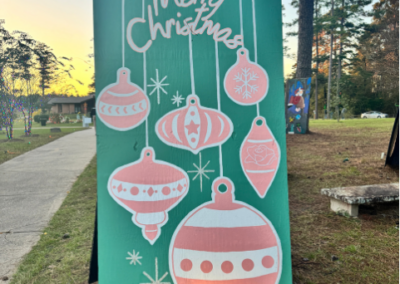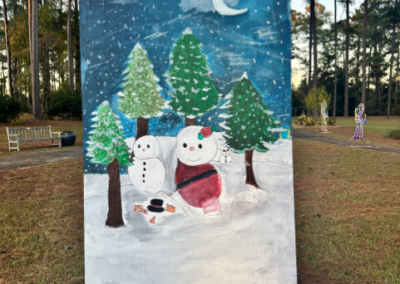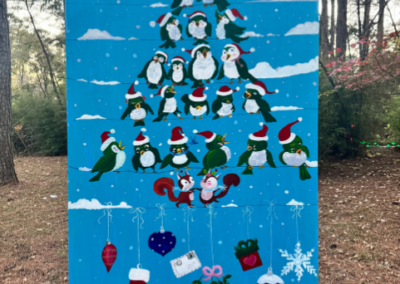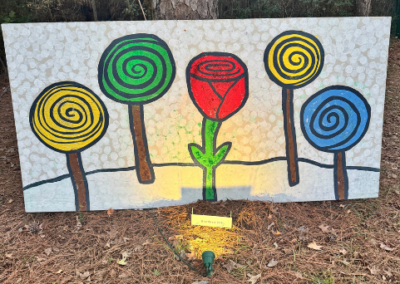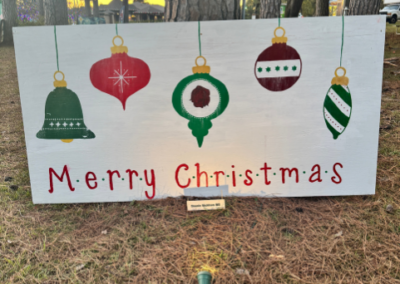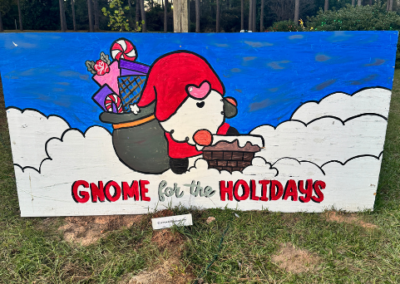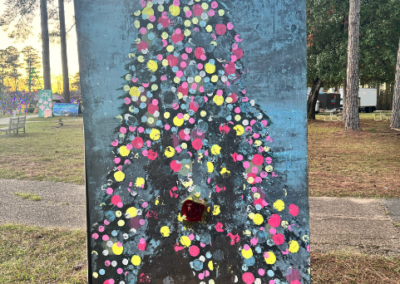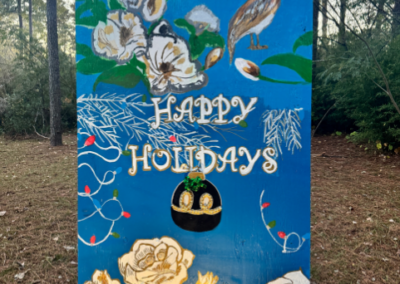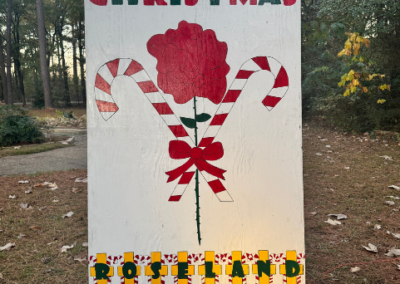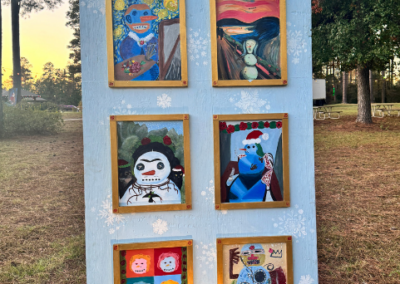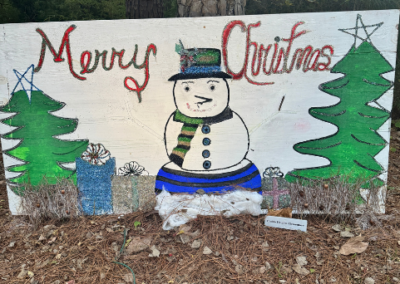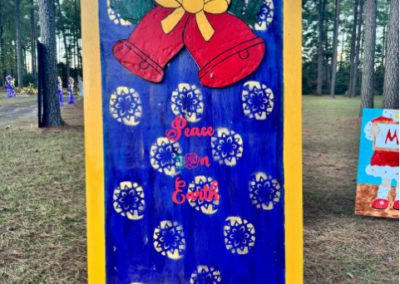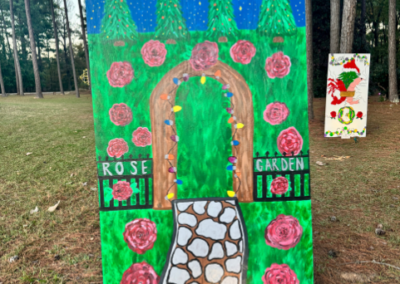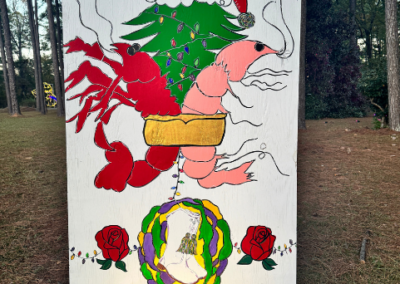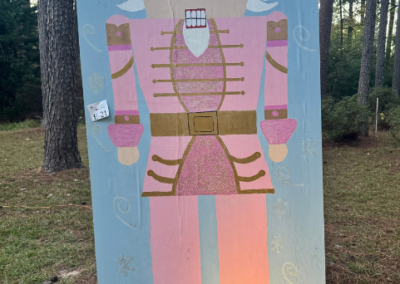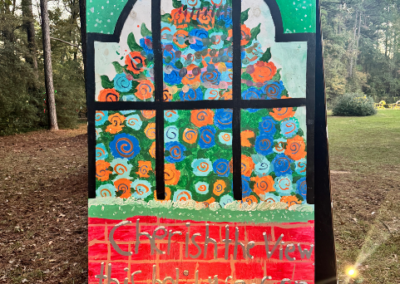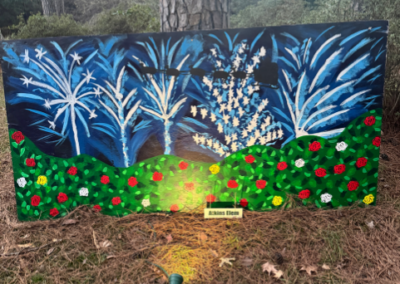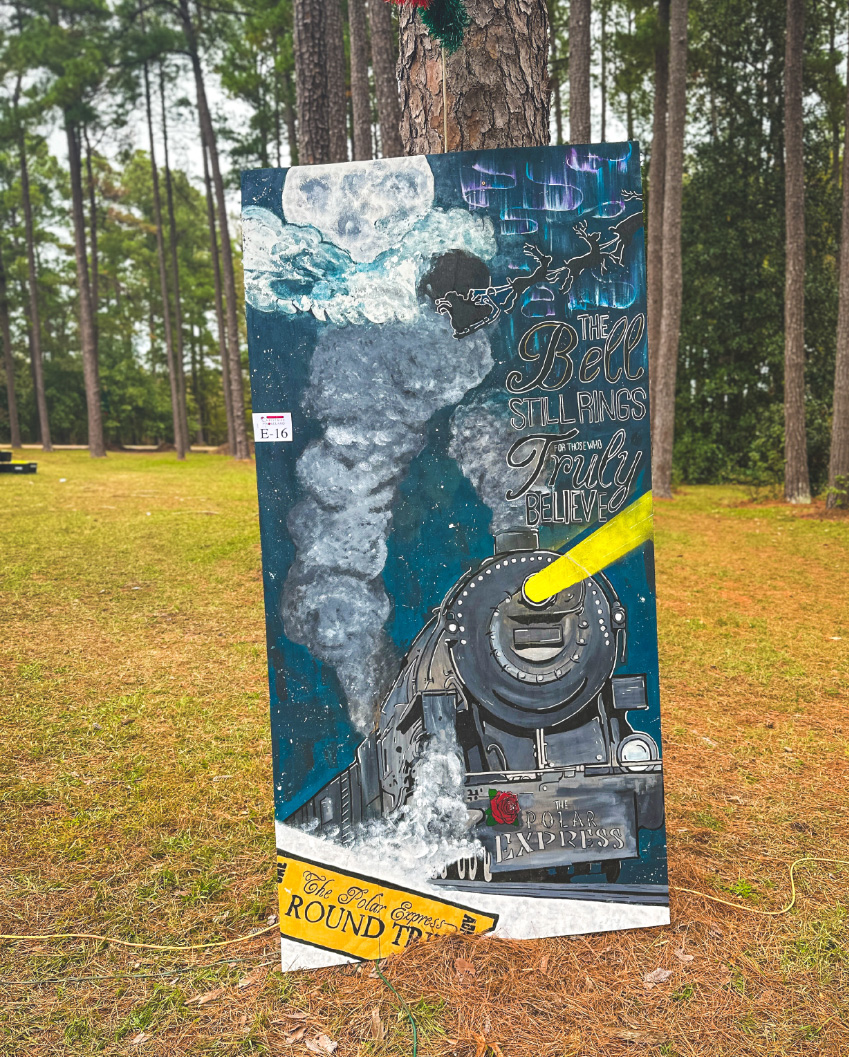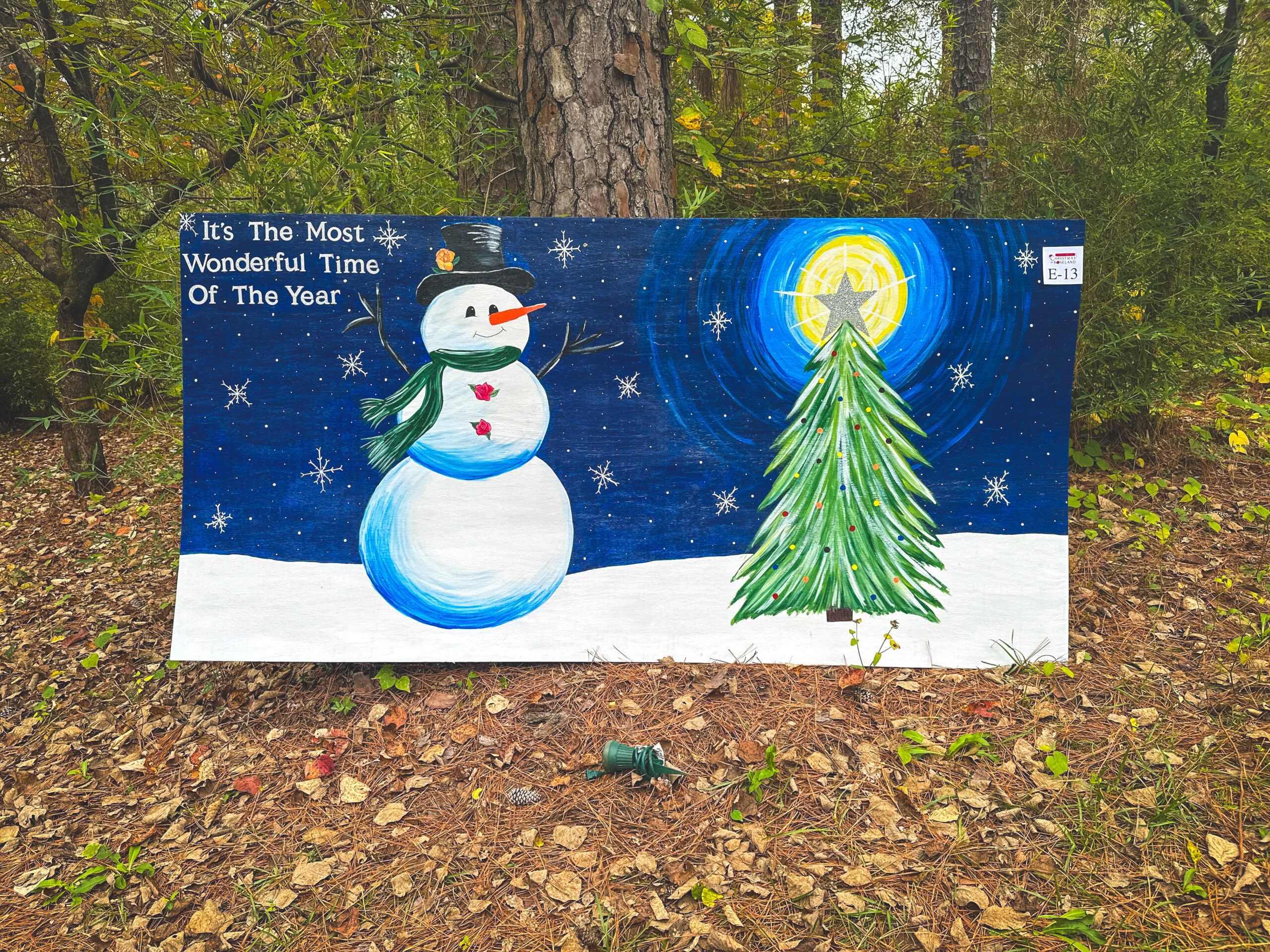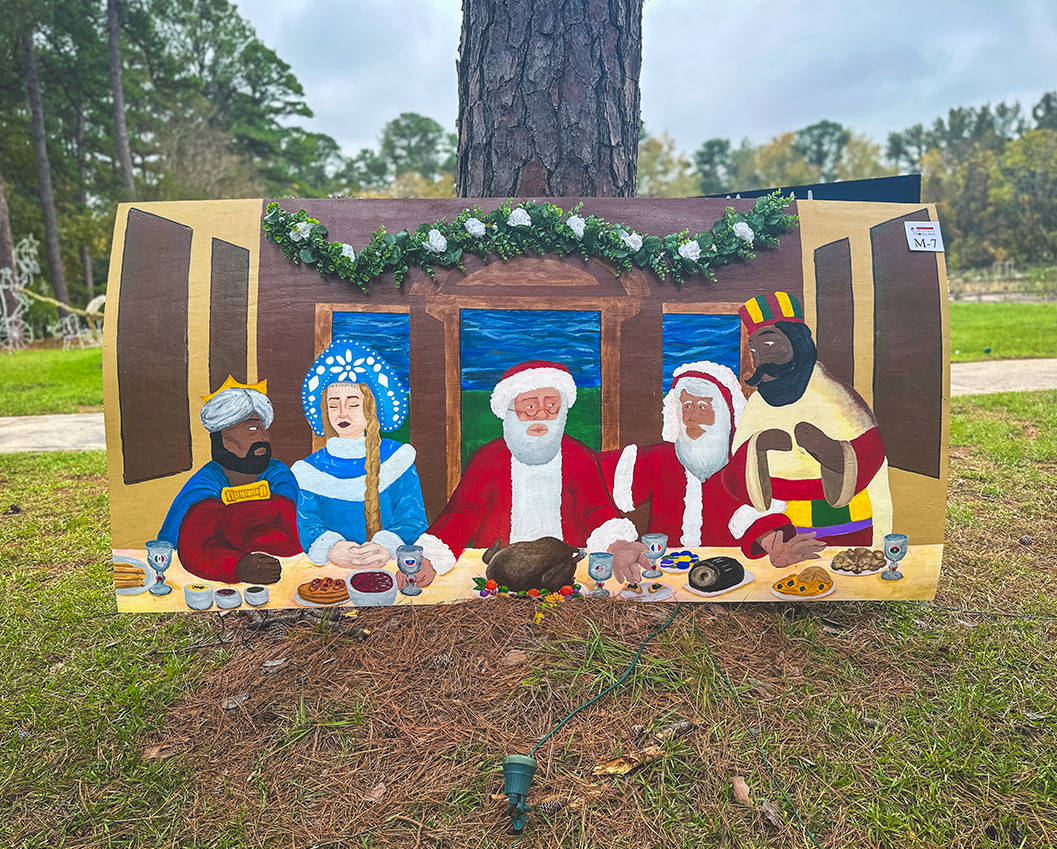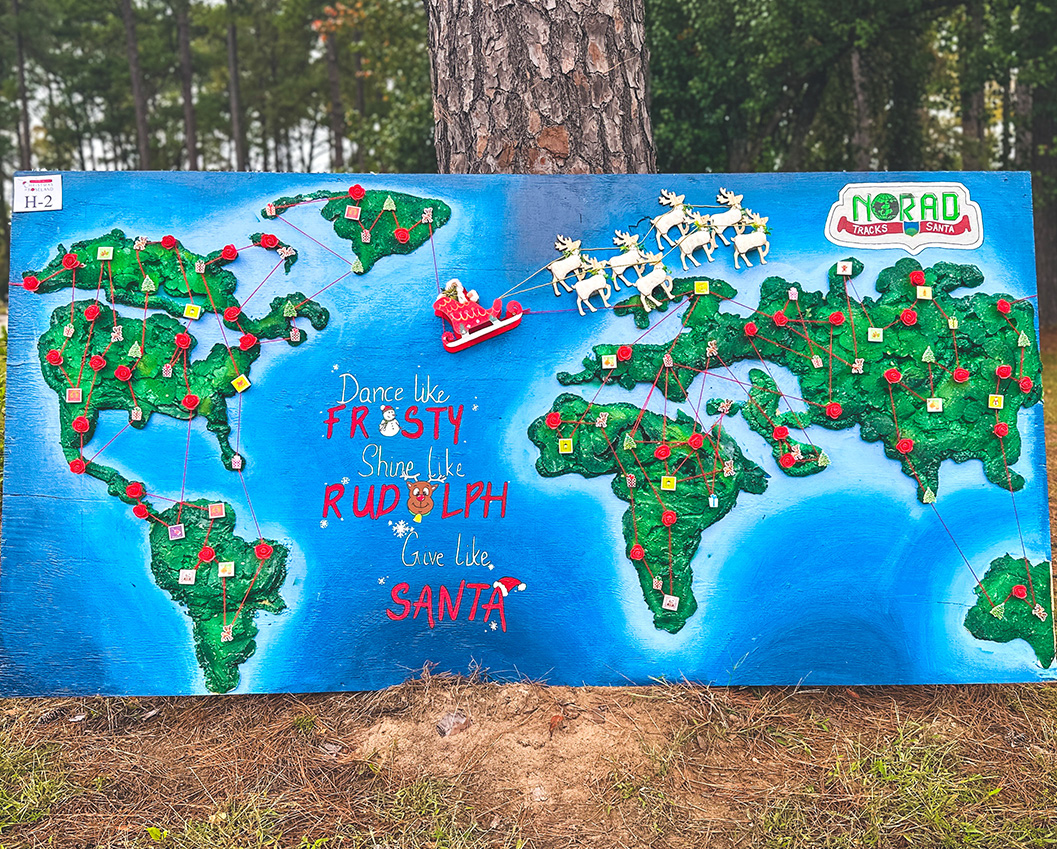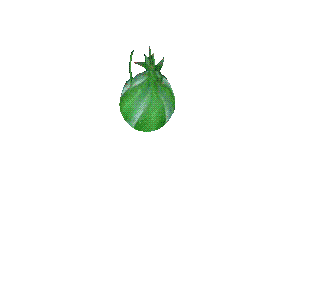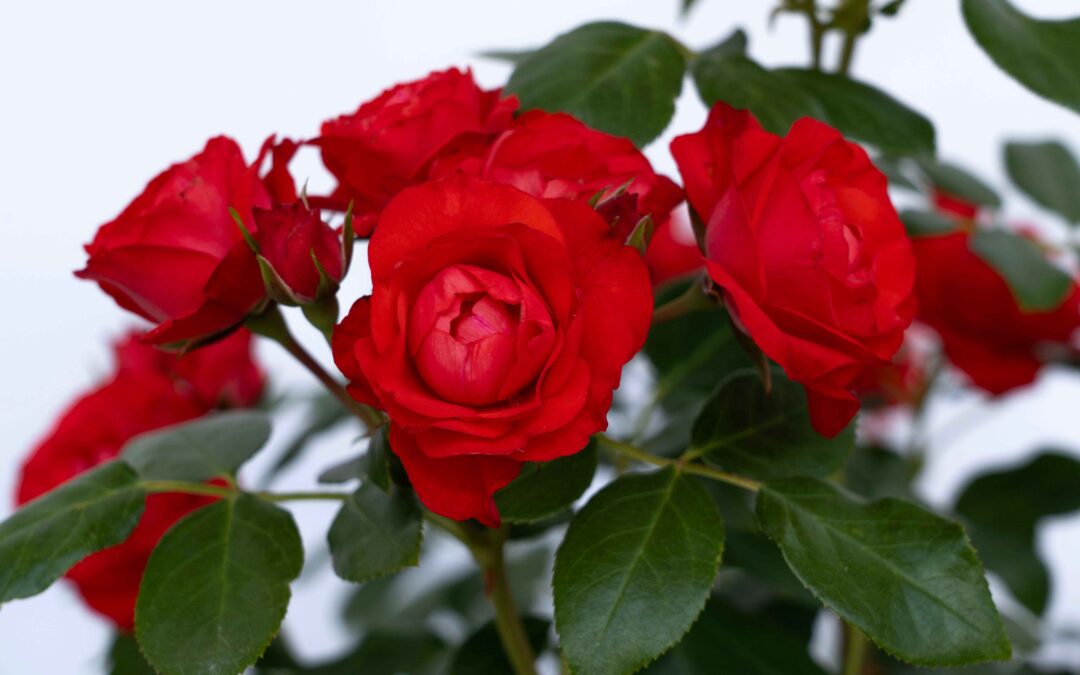
New Rose Introductions 2024
THIS FEATURE IS PAID ADVERTISING & IS NOT TO BE CONSIDERED AS AN OFFICIAL REGISTRATION LISTING
2024 New Rose Introductions
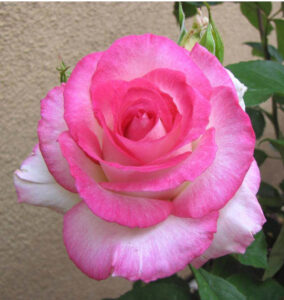
1. Angelic Veil™ (cv. WEKselyan, Y358-B1) PPAF
Color: White edged with pink picotee
Class: Hybrid Tea
Plant Habit: Medium-tall
Growth Habit: Upright moderately spreading
Stem Length: Medium-long
Foliage Color: Dark glossy green
Disease Resistance: Good
Bud Form: Shapely pointed
Flower Form: Classically formed, spiraled & double
Flower Size: Medium-large, around 3½-4½ inch diameter, mostly single some in small clusters
Petal Count: 25 to 35
Fragrance: Moderate fruity & citrus
Parentage: Secret x Lynn Anderson
Hybridizer: Christian Bédard
Introducer: Weeks Roses
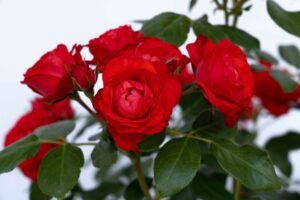
2. BRICK HOUSE® Orange ‘Meisobuko’ PPTBS
Classification: Floribunda
Color Description: Bright Orange-Red
Descriptive Characteristics: Compact size, bright blooms, and superb disease resistance – everything you expect from a Brick House® rose! The punchy orange flowers do not fade and look great in the landscape or in a patio container.
Bloom Size: 1.5 inches
Petal Count: 18-20
Fragrance: None
Height/Habit: 2.5′ Tall by 2.5′ Wide
Parentage: ‘KORSCHWILL’ x (‘NOACAS’ x UNNAMED SEEDLING)
Hybridizer: The House of Meilland®
Introducer: Star® Roses and Plants

3. Celestial Blue Sky
Classification: Shrub
Color Description: Maroon
Descriptive Characteristics: Celestial Blue Sky lights up landscapes as a compact, low-growing, profusely blooming rose with deeply colorful semidouble flowers. Thanks to its dense foliage and mass of 2.5” blooms, Celestial Blue Sky can display serious, beautiful star power in the garden as a full, spicy fragrant, floriferous low hedge. Grows to 3 feet high and wide and shows excellent disease resistance.
Bloom Size: 2.5 inches
Petal Count: 15
Fragrance: spicy
Height/Habit: 3×3 feet
Parentage: Lavender seedling x Super Hero
Hybridizer: Ping Lim
Introducer: Altman Plants
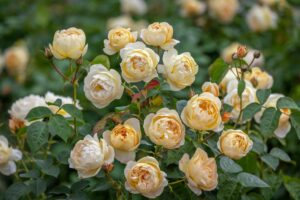
4. Dannahue (Ausa6b15)”
Classification: English Shrub Rose bred by David Austin”
Color Description: Apricot”
Descriptive Characteristics: Compact and shapely growth creates an upright and bushy shrub that flowers with great verve. This rose is full of character, who is happy to thrive in containers, against walls or fences and in shadier areas making it the perfect rose for city dwellers and modern living.
Bloom Size: Medium
Fragrance: Medium, Fruity
Height/Habit: 3 1/2 feet
Parentage: Unnamed seedling x Unnamed seedling
Hybridizer: David Austin
Introducer: David Austin
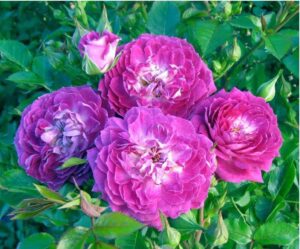
5. Easy Charmer™ (cv. WEKliopadie, CC46-9) PPAF
Color: Fragrant Fuchsia Lavender Old-Fashioned Miniature
Class: Miniature
Plant Habit: Tall for the class
Growth Habit: Very even bushy upright and rounded
Stem Length: Medium-short
Foliage Color: Dark glossy green
Disease Resistance: Excellent
Bud Form: Ovoid & globular
Flower Form: Cuppy old-fashioned, full & very double
Flower Size: Medium-large for the class, around 1½-2½ inch diameter, mostly in small clusters
Petal Count: 55 to 85
Fragrance: Strong citrus & fruity
Parentage: Life of the Party x Diamond Eyes
Hybridizer: Christian Bédard
Introducer: Weeks Roses
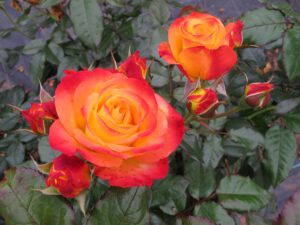
6. OSO EASY EN FUEGO® ‘Chewizard’ PPAF; CBRAF
Classification: Shrub
Color Description: Yellow/red/orange
Descriptive Characteristics: Oso Easy En Fuego® rose graces the
garden with intensely colorful flowers that start off yellow and red and fully open to an electric orange. The large flower size and glossy green foliage make the effect especially memorable. Exhibits outstanding disease resistance and is very adaptable to both cold and hot climates. USDA Zone 4 – 9 (-30°F/-34°C)
Bloom Size: 3.25
Petal Count: 17-25
Fragrance: Light
Height/Habit: 3-4′
Parentage: Unknown
Hybridizer: Chris Warner
Introducer: Spring Meadow Nursery/Proven Winners® ColorChoice®
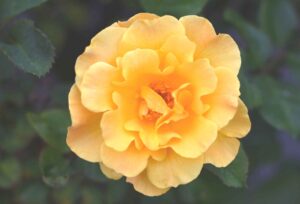
7. Firefly
Classification: Floribunda
Color Description: Orange
Descriptive Characteristics: Firefly is a prolific floribunda whose abundant orange double blooms positively glow from spring to fall against a backdrop of healthy glossy green foliage. The fragrant 2.5” flowers feature 25 petals, blooming continuously and aging nicely all season. Grows to 4 feet high and wide and demonstrates outstanding disease resistance. A 2025 American Garden Rose Selections® winner: the Regional Choice Award in four regions and Fragrance Award.
Bloom Size: 2.5 inches
Petal Count: 25
Fragrance: Sweet fragrance
Height/Habit: 3×3 feet
Parentage: Seedling x Seedling
Hybridizer: Ping Lim
Introducer: Altman Plants
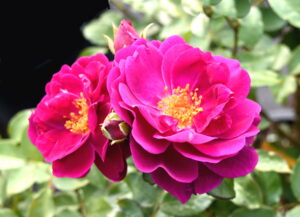
8. FLAVORETTE PEAR’D® ‘Bozdib023’
Class: Shrub
Color Description: Light pink
Characteristics: Flavorette Pear’d rose creates delicate pink flowers that have a distinctive light pear flavor, and a lush, soft texture that’s lovely to eat. The semi-double flowers are borne on a sturdy, healthy plant that’s easy to grow. USDA Zone 4-8 (-30°F/-34°C)
Bloom Size: 3.25”
Petal count: 26-40
Fragrance: Mild, fruity, spice, sweet fragrance
Height/Habit: 3-4′, bushy, compact, upright
Parentage: Unknown
Hybridizer: Pheno Geno
Introducer: Spring Meadow Nursery Proven Winners® ColorChoice®
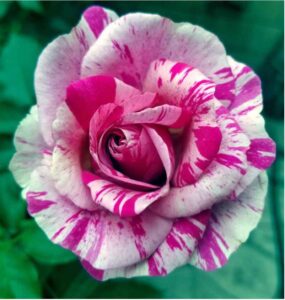
9. Fly So High™ (cv. WEKpuscalrako, Y812-4) PPAF
Color: Magenta, Pink & White striped
Class: Climber
Plant Habit: Large for a Climber, long canes of 10-12 feet
Growth Habit: Climbing & spreading
Stem Length: Medium-long
Foliage Color: Dark glossy green
Disease Resistance: Very Good
Bud Form: Pointed & ovoid
Flower Form: Spiraled, cuppy & double
Flower Size: Medium-large, around 3½-4 inch diameter, in medium-sized clusters
Petal Count: 20 to 35
Fragrance: Moderate fruity
Parentage: {seedling x (Blueberry Hill x Stephen’s Big Purple)} x (Candy Land x Rainbow Knock Out)
Hybridizer: Christian Bédard
Introducer: Weeks Roses
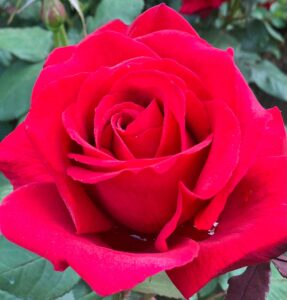
10. GRATEFUL DEAD
Class: Hybrid Tea
Color Description: Bright Red
Characteristics: Large red HT, upright habit, of growth with long stems supporting 4-5 inch blooms. Classic exhibition form, repeat bloomer and strong fragrance. Semi-glossy foliage and hardy up to zone 5. A seedling cross from ‘Mrs Lincoln’ and ‘Luce de Todi’.
Bloom Size: 4-5”
Petal count: 21
Fragrance: Strong
Height/Habit: 3 to 4′
Parentage: Mrs Lincoln x Luce de Todi
Hybridizer: J. Benjamin Williams
Introducer: J. B. Williams and Associates
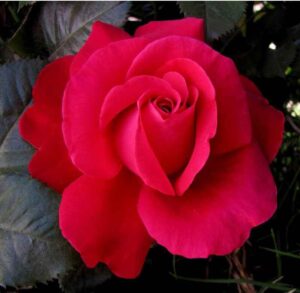
11. In Love Again™ (cv. WEKamyldroder, AA104-B1) PPAF
Color: Medium even Red
Class: Hybrid Tea
Plant Habit: Medium-tall
Growth Habit: Upright slightly spreading
Stem Length: Medium-long
Foliage Color: Dark very glossy green
Disease Resistance: Good
Bud Form: Shapely pointed
Flower Form: Spiraled, cuppy & double
Flower Size: Medium-large, around 4-5 inch diameter, usually single
Petal Count: 30 to 45
Fragrance: Moderate fruity
Parentage: All My Loving x Drop Dead Red
Hybridizer: Christian Bédard
Introducer: Weeks Roses
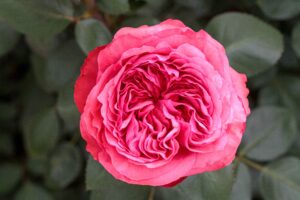
12. Loves Me, Loves Me Not™ ‘Meicatess’ PP34,789
Classification: Hybrid Tea
Color Description: Deep Pink
Descriptive Characteristics: This gorgeous, deep pink Hybrid Tea has a strong, sweet fragrance reminiscent of lilac, gardenia and pineapple. Each enormous, 5-inch bloom is bursting with over 200 petals. You’ll have a hard time finding a rose with a fuller bloom!
Bloom Size: 5-5.5 inches
Petal Count: 150-250
Fragrance: Strong; Pineapple, Gardenia and Lilac
Height/Habit: 5′ Tall by 2-3′ Wide
Parentage: (‘GOLDEN UNICORN’ x ‘DELGE’) x (‘MEIMALYNA’ x ‘HARLEX’)
Hybridizer: The House of Meilland®
Introducer: Star® Roses and Plants
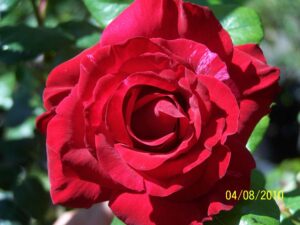
13. PHOEBE ADELLE GATES
Class: Hybrid tea climber
Color Description: Dark red with pink striping
Characteristics: Rose is named for Phoebe Adelle Gates by Arthur Donald. She is an entrepreneur, activist and philanthropist. Flowers bloom single and in group of three buds. Dark green foliage and prolific repeat bloomer. Long bloom season and disease resistant
Bloom Size: 4-4 1/2”
Petal count: 20-25
Fragrance: slight
Height/Habit: 8′-10′
Parentage: Fourth of July x Angel Face
Hybridizer: Burling Leon
Introducer: Burlington Rose Nursery
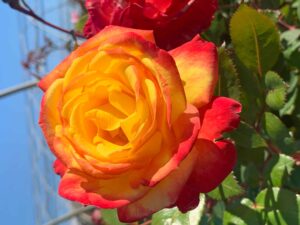
14. Sunbelt® Garden Flame™ ‘KORvibaex’ PP36,043
Classification: Floribunda
Color Description: Deep Yellow, Largely Suffused with Orange and Finishing a Deep Velvet Red.
Descriptive Characteristics: As the name suggests, this rose adds a striking multicolor effect to the garden. Abundant non-fading blooms emerge deep yellow before transitioning though flaming shades of orange and deep velvet red.
Bloom Size: 3 inches
Petal Count: 20
Fragrance: None
Height/Habit: 4.5′ Tall by 2-3′ Wide
Hybridizer: KORDES
Introducer: Star® Roses and Plants
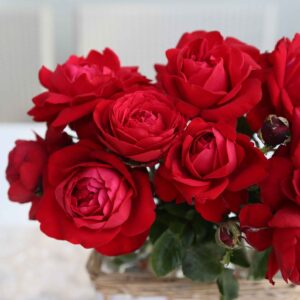
15. Tiamo™ ‘KORroleotu’ PP30,142
Classification: Grandiflora
Color Description: Deep Red
Descriptive Characteristics: This Grandiflora Rose has double, non-fading red blooms that do not burn, even in high temperatures. It has high disease resistance, wonderful repeat blooming, and a lovely mild fragrance.
Bloom Size: 3 inches
Petal Count: 95
Fragrance: Slight
Height/Habit: 5′ Tall by 2-3′ Wide
Hybridizer: KORDES
Introducer: Star® Roses and Plants
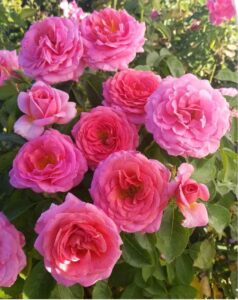
16. Time After Time™ (cv. WEKaltbeba, CC3-4) PPAF
Color: Coral Pink
Class: Floribunda
Plant Habit: Medium-tall
Growth Habit: Upright moderately spreading
Stem Length: Medium
Foliage Color: Dark glossy green
Disease Resistance: Very Good
Bud Form: Pointed & ovoid
Flower Form: Elegant, spiraled form & very double
Flower Size: Medium-large, around 3½-4½ inch diameter, some single, mostly in small clusters
Petal Count: 45 to 65
Fragrance: Slight fruity
Parentage: All a’Twitter x Be My Baby
Hybridizer: Christian Bédard
Introducer: Weeks Roses

17. True Adoration
Classification: Climber
Color Description: Apricot
Descriptive Characteristics: True Adoration is a vigorous landscape climber packed with sweetly scented double flowers. Soft apricot in color and 3.5 inches across, they embody classic English rose elegance, succeeded by more 35+ petal flowers all season long. The healthy glossy green foliage shows outstanding disease resistance. Grows to 6 to 7 feet high and 3 feet wide.
Bloom Size: 3.5 inches
Petal Count: 35+
Fragrance: sweet fragrance
Height/Habit: 6-7 feet taller shrub to climber
Parentage: Seedling x Westerland
Hybridizer: Ping Lim
Introducer: Altman Plants
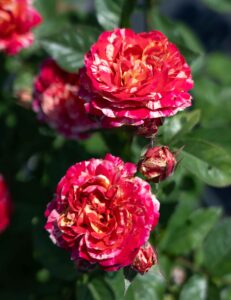
18. Winning Streak™ ‘Meiwentar’ PPTBS
Classification: Floribunda
Color Description: Cherry Red to Fuchsia with Yellow Stripe
Descriptive Characteristics: Earning your stripes is easy with this rose: just plant and enjoy! Each bloom offers a spectacular palette of cherry red and fuchsia petals striped with yellow. A compact and vigorous Floribunda.
Bloom Size: 2.5 inches
Petal Count: 12 to 15
Fragrance: Very slight
Height/Habit: 2′ Tall by 2′ Wide
Parentage: MEIGELSI X (KORFALT X UNNAMED SEEDLING)
Hybridizer: The House of Meilland®
Introducer: Star® Roses and Plants
